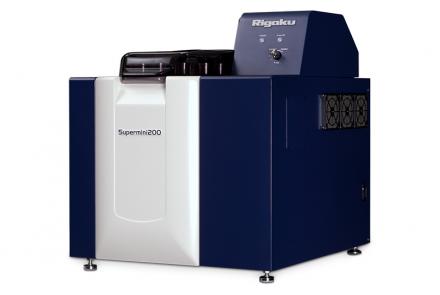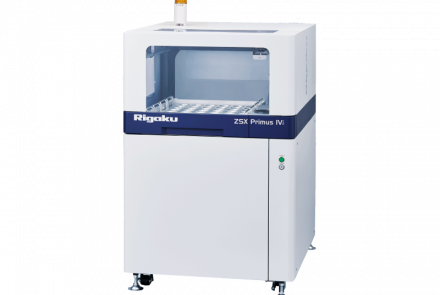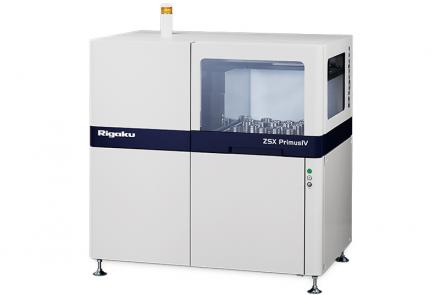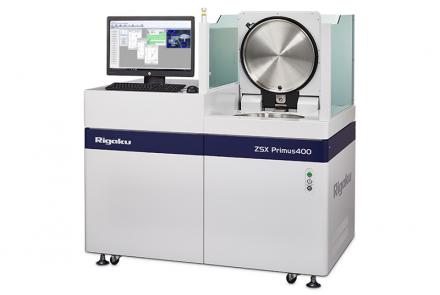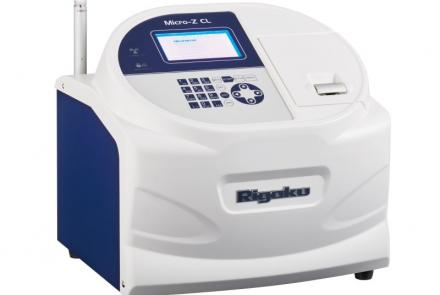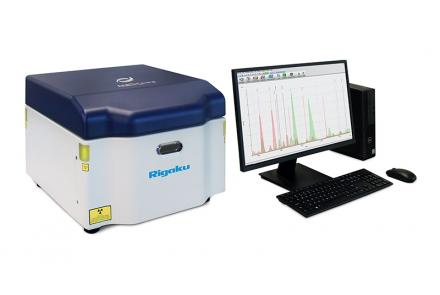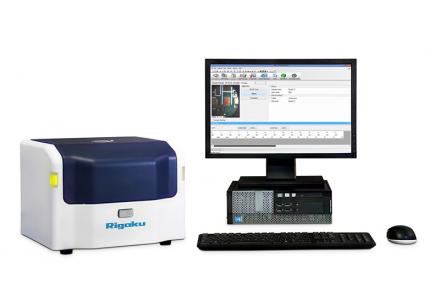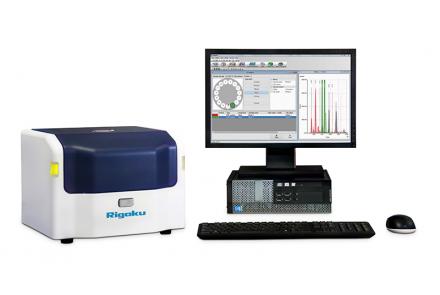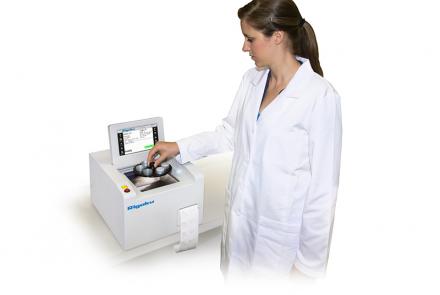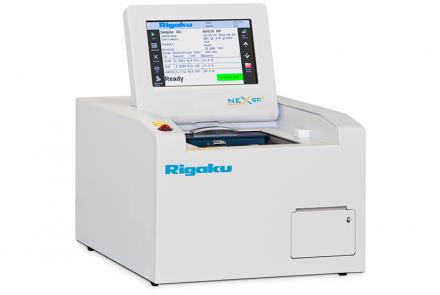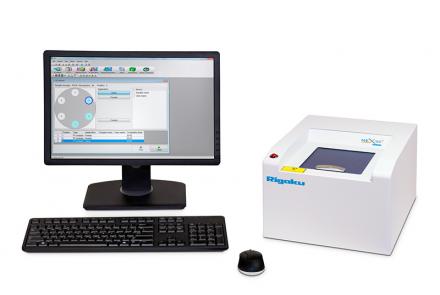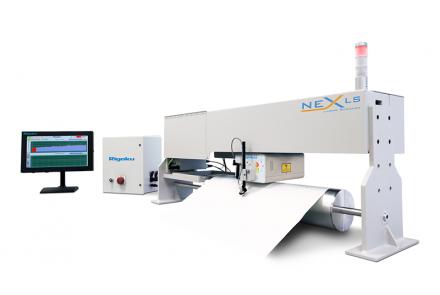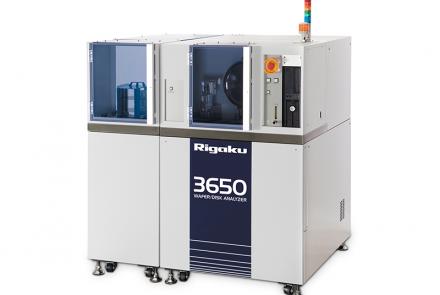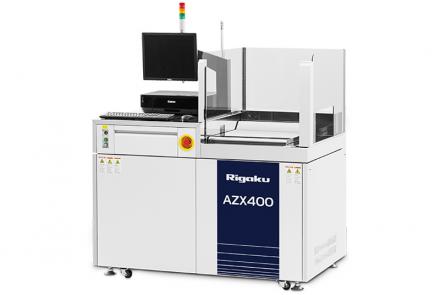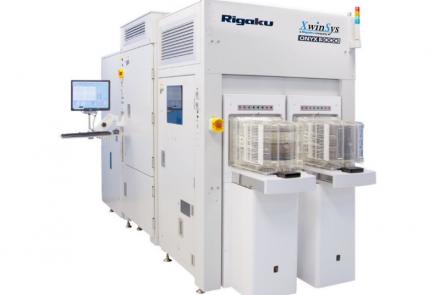
Measure almost any element in almost any matrix
X-ray fluorescence (XRF) provides one of the simplest, most accurate and most economic analytical methods for the determination of elemental composition of many types of materials. Indispensable to both R&D and quality assurance (QA) functions, our advanced and unique WDXRF products are routinely used to analyze products from cement to plastics and from metals to food to semiconductor wafers. Rigaku offerings range from high power, high-performance wavelength dispersive WDXRF systems, for the most demanding applications, to a complete line of benchtop EDXRF and WDXRF systems.
Theory of X-ray fluorescence In X-ray fluorescence (XRF), an electron can be ejected from its atomic orbital by the absorption of a light wave (photon) of sufficient energy. The energy of the photon (hν) must be greater than the energy with which the electron is bound to the nucleus of the atom. When an inner orbital electron is ejected from an atom (middle image), an electron from a higher energy level orbital will be transferred to the lower energy level orbital. During this transition a photon maybe emitted from the atom (bottom image). This fluorescent light is called the characteristic X-ray of the element. The energy of the emitted photon will be equal to the difference in energies between the two orbitals occupied by the electron making the transition. Because the energy difference between two specific orbital shells, in a given element, is always the same (i.e. characteristic of a particular element), the photon emitted when an electron moves between these two levels, will always have the same energy. Therefore, by determining the energy (wavelength) of the X-ray light (photon) emitted by a particular element, it is possible to determine the identity of that element.
In X-ray fluorescence (XRF), an electron can be ejected from its atomic orbital by the absorption of a light wave (photon) of sufficient energy. The energy of the photon (hν) must be greater than the energy with which the electron is bound to the nucleus of the atom. When an inner orbital electron is ejected from an atom (middle image), an electron from a higher energy level orbital will be transferred to the lower energy level orbital. During this transition a photon maybe emitted from the atom (bottom image). This fluorescent light is called the characteristic X-ray of the element. The energy of the emitted photon will be equal to the difference in energies between the two orbitals occupied by the electron making the transition. Because the energy difference between two specific orbital shells, in a given element, is always the same (i.e. characteristic of a particular element), the photon emitted when an electron moves between these two levels, will always have the same energy. Therefore, by determining the energy (wavelength) of the X-ray light (photon) emitted by a particular element, it is possible to determine the identity of that element.
Rigaku recommends the following products:
Sequentielles WDRFA Spektrometer zur Analyse der Elemente von O bis U in Feststoffen, Flüssigkeiten und Pulvern
High-power, tube-below, sequential WDXRF spectrometer with new ZSX Guidance expert system software
Sequenzielles WDRFA-Spektrometer mit hoher Leistung, Röhre oberhalb der Probe, mit ZSX Guidance Systemsoftware
High-throughput tube below multi-channel simultaneous WDXRF spectrometer analyzes Be through U
High-performance, Cartesian-geometry EDXRF elemental analyzer measures Na to U in solids, liquids, powders and thin films
Low-cost EDXRF elemental analyzer measures Na to U in solids, liquids, powders and thin-films
Performance EDXRF elemental analyzer measures Na to U in solids, liquids, powders and thin-films
In-line, simultaneous WDXRF spectrometer for wafer metal film metrology; up to 300 mm wafers
Sequential WDXRF spectrometer for elemental analysis and thin-film metrology of large and/or heavy samples

